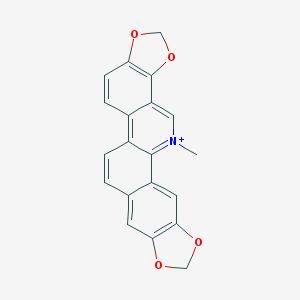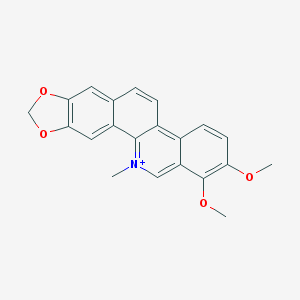Fun Facts!
To Use or Not to Use
Eschscholzia californica has many interesting facts regarding its uses, with one being medicinal. When E. californica is used for this purpose, only the shoot system is typically used, which includes the stem and leaves (WebMD 2013). Therefore, the root system isn’t traditionally used for medicinal purposes. Some of the common ailments that E. californica supposedly cures or alleviates include insomnia, bedwetting, aches, and anxiety (WebMD 2013). When used with other medications, it supposedly treats depression, psychiatric conditions, nerve pain, and is used as a sedative (WebMD 2013). However, be advised that there isn’t conclusive research as to the effectiveness of E. californica on any of these conditions (WebMD 2013).
If used with other sedatives like clonazepam, diazepam, and lorazepam, E. californica may cause too much drowsiness (WebMD 2013). Therefore, it is recommended to stop using it at least two weeks before any planned surgery so there will be no interference with anesthesia (WebMD 2013). While most individuals only use the shoot system, Native Americans in the United States reportedly use the roots (Smith 2010). The roots contain high levels of alkaloids, which are used as sedatives and painkillers (Smith 2010).
Not only is it used as a home remedy, but E. californica has over 30 chemical and secondary metabolite isolates (Smith 2010). Two of the major isolates are the alkaloids sanguinarine and chelerythrine, which seem to have some sort of potential for antibiotic and cancer treatment properties (Smith 2010). Chelerythrine has been shown to delay tumor growth, has cytotoxic properties against all tumor cell lines, and produces anti-tumor activity responses (Chmura et al. 2000). Sanguinarine has been used to study prostate cancer cells (Adhami et al. 2004). The study revealed that sanguinarine blocks the cell cycle of the cancerous tumor, which eventually leads to cell death, or apoptosis (Adhami et al. 2004) This could prove useful with the increasing number of individuals being diagnosed with cancer or treating against the increasing number of antibiotic resistant organisms.
Photos courtesy of National Library of Medicine.
It is not known if the use of E. californica is safe for long term use, so use with discretion (WebMD 2013). Therefore, if you are pregnant, it is recommended to not use because the effects are not fully understood (WebMD 2013). Besides the numerous medicinal uses, E. californica can also be used in other ways, including being used as a food source (Smith 2010).
E. californica is very important to Native Americans in the United States, particularly in the western United States (Smith 2010). They use the oil from the poppies for cooking as well as for flour after it has been ground down to powder (The Flower Expert 2013). The poppy also adds flavor to food and is considered a garnish (The Flower Expert 2013). Native Americans also use the flowers of the California poppy, which are high in carotenoids, for chewing gum and candy (Smith 2010). This is due to the relative sweetness of the carotenoids (Smith 2010). Maybe they use peppermint to flavor their gum when they got sick of chewing something sweet! Regardless of how it is used, E. californica is considered toxic if not prepared properly (Smith 2010). BEWARE!
*Home* *References*


